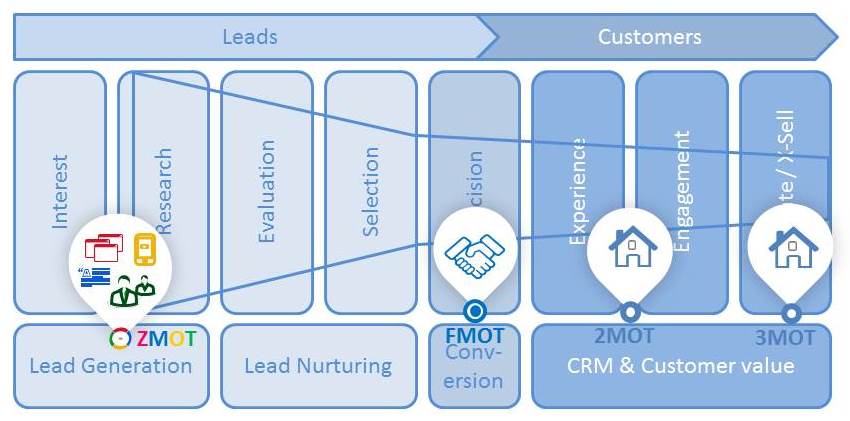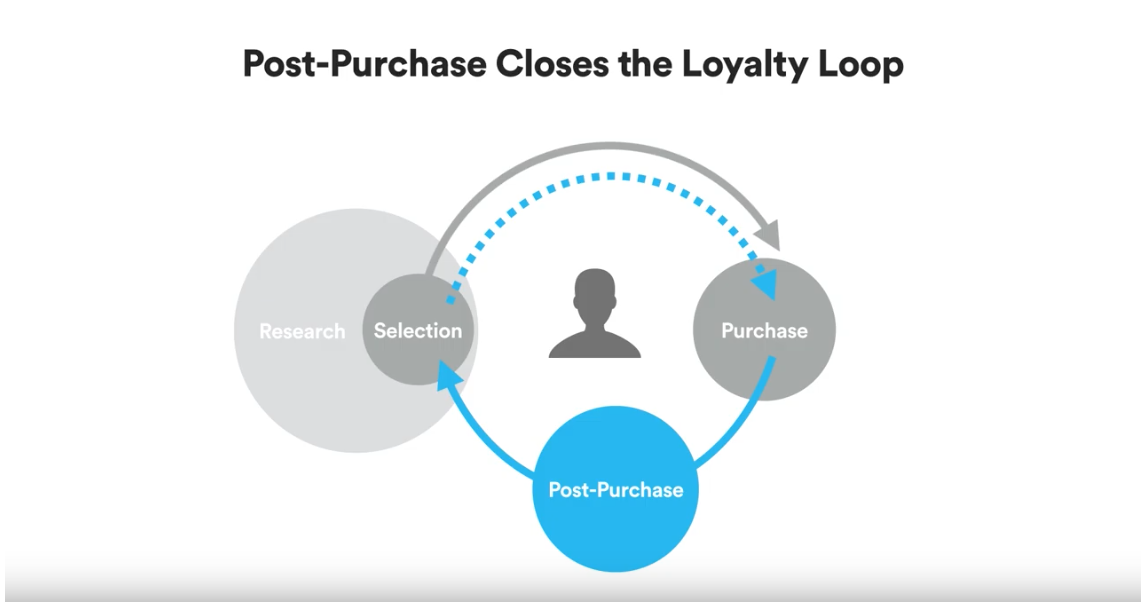
As sales professionals, we are preoccupied with the processes that lead up to the sale: the generation of leads, the nurturing of leads, and, of course, ultimately closing a deal.
But what happens from the client side of things—before, during, and after a sale? In marketing, these moments have been carefully examined to be Moments of Truth (MOT). And understanding them can help improve your sales performance.
What is a Moment of Truth?
The concept was introduced by Swedish businessman Jan Carlzon in his book, Moments of Truth, published in 1987. Carlzon is a champion of customer service. He famously said that "we have 50,000 moments of truth every day" and that “any time a customer comes into contact with any aspect of a business, however remote, is an opportunity to form an impression.”
Simply put, Moments of Truth (MOT) in marketing are the moments when a customer/user interacts with a brand, product or service to form or change an impression about that particular brand, product, or service.
Moments of Truth have been fine-tuned over the years to measure every instance in the buyer’s journey. And, as of last count, there are six. We’ve listed them down according to when they first came to light:
The Six Moments of Truth
- First Moment of Truth: In 2005, G. Lafley, Chairman, President and CEO of Procter & Gamble added three moments of truth (first, second, and third), which were understandably consumer sales driven. The First Moment of Truth, he says, is the very first instance your buyer or client comes in contact with your product or service—whether in the store or with you, a sales representative. They learn more about it and form a first impression. This is the point where he decides if he will make the purchase. Thus, it’s considered a critical moment and sales and marketing people should focus efforts on this moment.
- Second Moment of Truth: The Second Moment of Truth is when the consumer becomes a real buyer. He purchases the product or service and experiences it. What he sees, feels, thinks, hears, smells, or taste will form that experience. He may purchase the product or service again and again, creating multiple Second Moments of Truth. Depending on his experience, it can be an ongoing relationship.
- Third Moment of Truth: The Third Moment of Truth is when the buyer becomes such an advocate of the brand and begins sharing his experience and feedback on the product or service. He shares a review or testimonial online or recommends it to family and friends. It essentially becomes word of mouth advertising for you.

(source)
- Zero Moment of Truth (ZMOT): Coined by Google in 2011, the Zero Moment of Truth happens pre-purchase. It refers to the moment in the buying process when the consumer researches a product prior to purchase. He goes online or offline to find these solutions and does his research.
- Less than Zero Moment of Truth: The Zero Moment of Truth was dissected further in 2014 by eventricity. They noted “a period of time between when an Event/Stimulus happens and the ZMOT." They called this period a “window of opportunity” and proposed to call it the Less than Zero Moment of Truth. It is that moment when a need arises from a change, event, or stimulus in the consumer’s life, and this propels him to research on solutions for this need (or move to the ZMOT).
- Actual Moment of Truth: In 2016, Amit Sharma, Founder & CEO of Narvar noted the gap that happens after purchase (or after the Second Moment of Truth). He asks, “What are you doing for those shoppers who are now your actual customers?” He proposes that this post-purchase moment—or the Actual Moment of Truth—is the perfect opportunity to engage a customer and turn him from a one-time buyer to a lifetime advocate.


These six moments answer every gap in the buyer’s journey—from when the need arises to when the need is fulfilled and the point where the buyer is retained as a loyal customer. (And we all know how customer retention is important.)
Ultimately, a moment of truth will either be good or bad.
As a salesperson, it is imperative that you are mindful of these gaps and moments so there are only good moments of truth. What you do during these moments will also make a difference in the short term and in the long term. But you can’t do it alone. If anything, these moments of truth show us how important it is for Sales and Marketing to align and why sales enablement is a concept that a whole organization must fully embrace.
What are you and your organization doing about your customers’ moments of truth?
Photo by Blake Wisz on Unsplash





